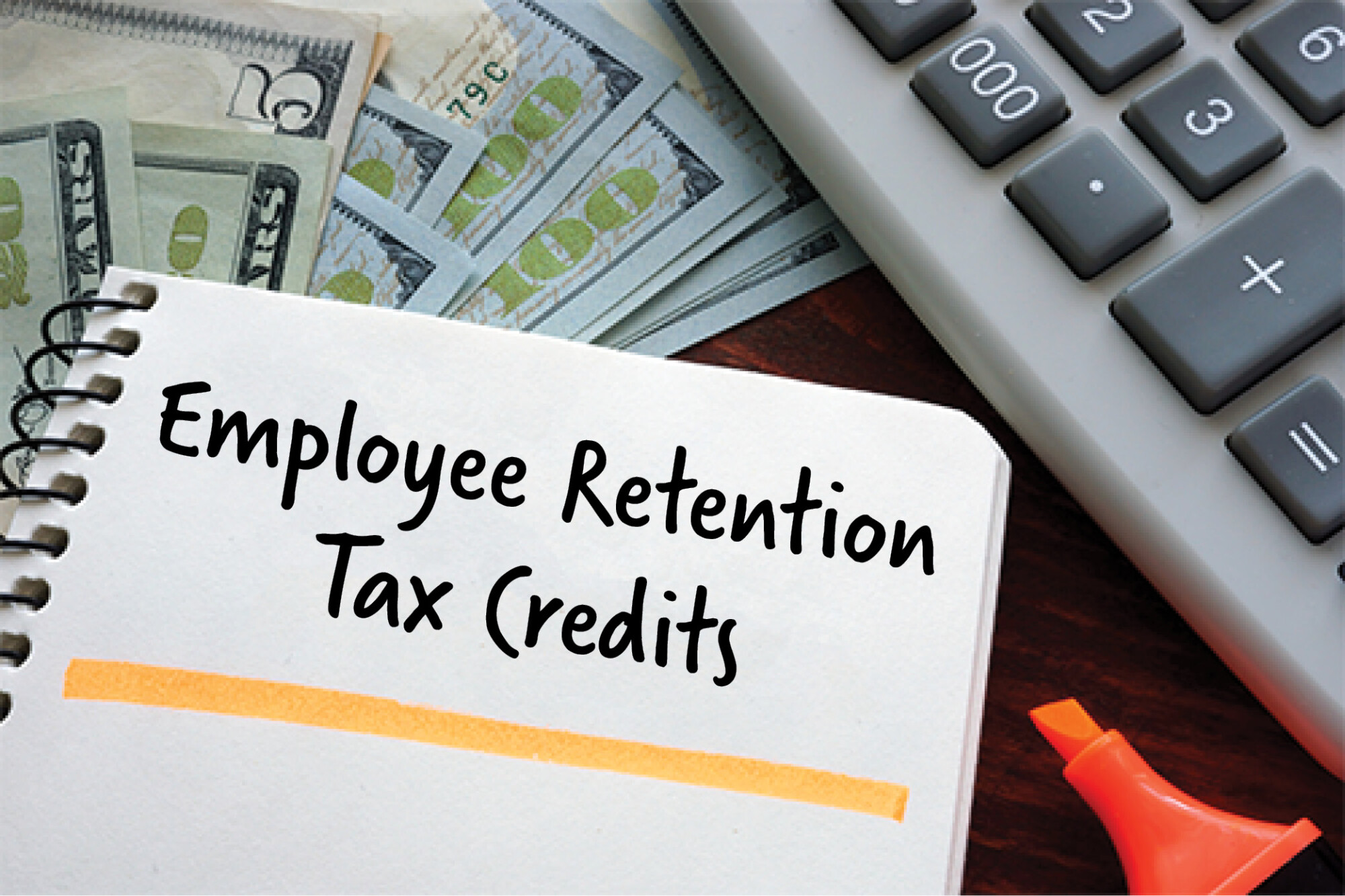IRS Releases New Memorandum on ERTC Eligibility Due to Supply Chain Disruptions: What Employers Need to Know
 By Mark W. Banks, CPA, CFE, MAFF
By Mark W. Banks, CPA, CFE, MAFF
The IRS recently released additional guidance regarding ERTC (Employee Retention Tax Credit) eligibility stemming from supply chain disruptions. The IRS memorandum, number AM 2023-005, released on July 21, 2023 provides explanations, examples, and additional considerations regarding full or partial suspension of operations due to a supply chain disruption. While IRS memorandums cannot be considered precedent, this indicates the position the IRS intends to take in Employee Retention Credit audits and suits.
Originally, per IRS notice 2021-20, the IRS provided guidance regarding eligibility and supplier disruptions in the form of Question and Answer #12:
Question: If a governmental order causes the suppliers to a business to suspend their operations, is the business considered to have a suspension of operations due to a governmental order?
Answer: An employer may be considered to have a full or partial suspension of operations due to a governmental order if, under the facts and circumstances, the business’s suppliers are unable to make deliveries of critical goods or materials due to a governmental order that causes the supplier to suspend its operations. If the facts and circumstances indicate that the business’s operations are fully or partially suspended as a result of the inability to obtain critical goods or materials from its suppliers because they were required to suspend operations, then the business would be considered an eligible employer for calendar quarters during which its operations are fully or partially suspended and may be eligible to receive the employee retention credit.
Memorandum AM 2023-005 further emphasizes this in the form of examples. Each example includes an employer and a supplier, along with the applicable impact.
Example 1 –
- Employer: Not subject to any governmental orders; however, experienced delays in receiving critical goods.
- Supplier: Ambiguously confirmed the delay of critical goods was due to COVID-19.
Example 2 –
- Employer: Not subject to any governmental orders; however, certain critical goods were stuck at port.
- Supplier: No governmental order was identified; however, news sources stated that the reason was due to COVID-19.
Example 3 –
- Employer: Governmental order suspended operations for the duration of April 2020; however, the entity continued to experience delays in receiving critical goods throughout 2020 and 2021.
- Supplier: Governmental order suspended operations for the duration of April 2020; however, no specific reason was provided for the remainder of 2020 and 2021.
Example 4 –
- Employer: Not subject to any governmental orders; however, was able to procure goods from an alternate supplier at a higher cost.
- Supplier: Unable to provide critical goods to existing customers.
Example 5 –
- Employer: Not subject to any governmental orders; however, was not able to stock a limited number of products and was forced to raise prices on other products but was able to continue operations.
- Supplier: Not subject to any governmental orders.
The IRS has concluded that for every example provided above, only the Employer in Example 3 is eligible for ERTC (in April 2020) because:
- A specific governmental order was imposed on the Employer suspending its operations; and,
- A more than nominal portion of its business operations were suspended (see Q&A #11 within IRS 2021-20).
If you are relying on (or have relied upon) a supply chain disruption as your qualification for ERTC, we highly recommend that you gather and are able to prove:
- A governmental order was imposed that directly impacted the supplier of your critical goods;
- An understanding of how the governmental order caused the disruption/issues at the supplier to not produce your critical goods;
- An alternative supplier did not exist; and,
- A more than nominal portion of your operations were suspended or disrupted (see Q&A #11 within IRS 2021-20).
The bottom Line
The basic premise of ERTC eligibility has not changed since the original guidance provided, which specifies two (and only two) ways of consideration for eligibility: 1) a full or partial suspension (more than nominal) of the operation of a trade or business due to a governmental order; and/or, 2) a significant decline in gross receipts (see IRS notice 2021-20 for additional information).
What does this mean for you?
The newly released memorandum represents the current views of the IRS and provides valuable insight into their position, illustrated through their provided examples. However, keep in mind that the IRS's stance may evolve over time due to changing information and technical developments they consider.
For employers seeking the Employee Retention Tax Credit (ERTC) based on supply chain disruptions, this memorandum should serve as a critical guide in determining and calculating eligibility. It complements the previous notices, and entities should carefully consider all relevant information while pursuing the credit.
Furthermore, it's important to note that this memorandum is likely to be used as a reference point in ERTC claim audits or reviews. If you've already applied for the credit and your situation differs from the examples given, you may need to provide additional justifications and evidence to support your eligibility.
It's worth highlighting that the IRS's position in this memorandum aligns with the original intent of Congress, which is to provide additional assistance and relief to eligible entities. As such, contesting the guidance may prove challenging, especially if your claims deviate significantly from the examples and guidance outlined in the document.



